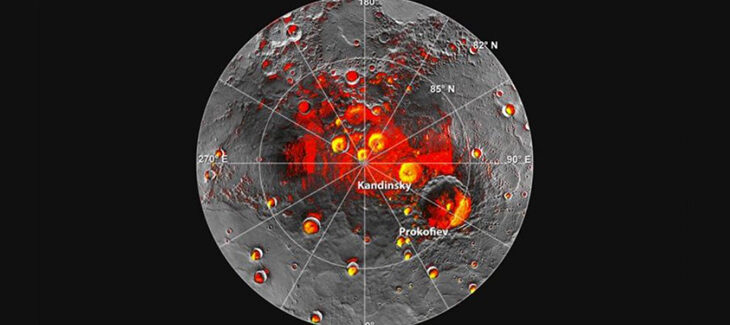What is the average temperature of Mercury?
Mercury is the closest planet to the Sun and has unique temperature characteristics. At night, Mercury’s average temperature drops to 100 Kelvin (−173 °C / −280 °F), while the hottest equatorial locations can reach 700 Kelvin (427 °C / 800 °F). Mercury’s surface temperature can reach 430 degrees Celsius and fluctuate significantly during the day.
How does the temperature of Mercury differ from the temperature of other planets in the solar system?
Mercury’s lowest temperature is far below any known natural temperature on Earth. The two hottest places on Mercury are at its equator, where the Sun passes directly overhead. These two points experience maximum temperature when the Sun is at an angle of about 25 degrees in the afternoon due to the daily temperature lag. The other two points on the equator receive much less solar heat than the first. Since Mercury is airless, the heat generated immediately radiates back into space, making its temperature different from other planets in the Solar System.
The temperature on Venus is consistently high due to its thick atmosphere, which contributes to the greenhouse effect. The average temperature on Venus is about +467 degrees Celsius, making it the hottest planet in the Solar System.
The average temperature on Earth is approximately +15 degrees Celsius.
The average temperature on Mars is much lower than Earth’s, about -63 degrees Celsius.
The gas giant Jupiter has no solid surface, so the average atmospheric temperature increases rapidly with depth—about 1500 degrees Celsius.
Saturn, another gas giant, also has a high average atmospheric temperature. It is about 1139 degrees Celsius at the upper limit of the clouds.
Uranus has a cold atmosphere, and its average temperature is about -224 degrees Celsius.
The average temperature on Neptune is about -214 degrees Celsius.
These temperature differences are determined mainly by each planet’s geological and atmospheric features and its distance from the Sun.
Mercury has a rocky surface with a low albedo, which absorbs most of the light that hits it. This further contributes to the planet’s inability to retain heat.
Banner image: View of Mercury’s north pole. Based on MESSENGER probe data, showing polar deposits of water ice. Credit: NASA/JHUAPL/Carnegie/National Astronomy and Ionosphere Center, Arecibo Observatory.
Image credit:
https://www.universetoday.com

